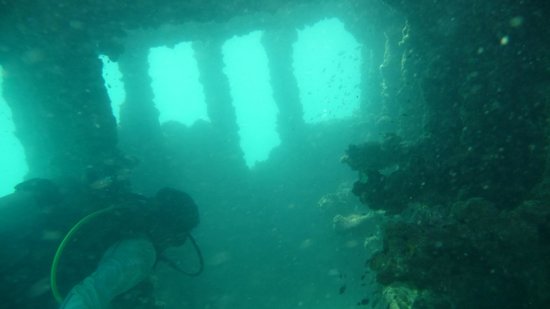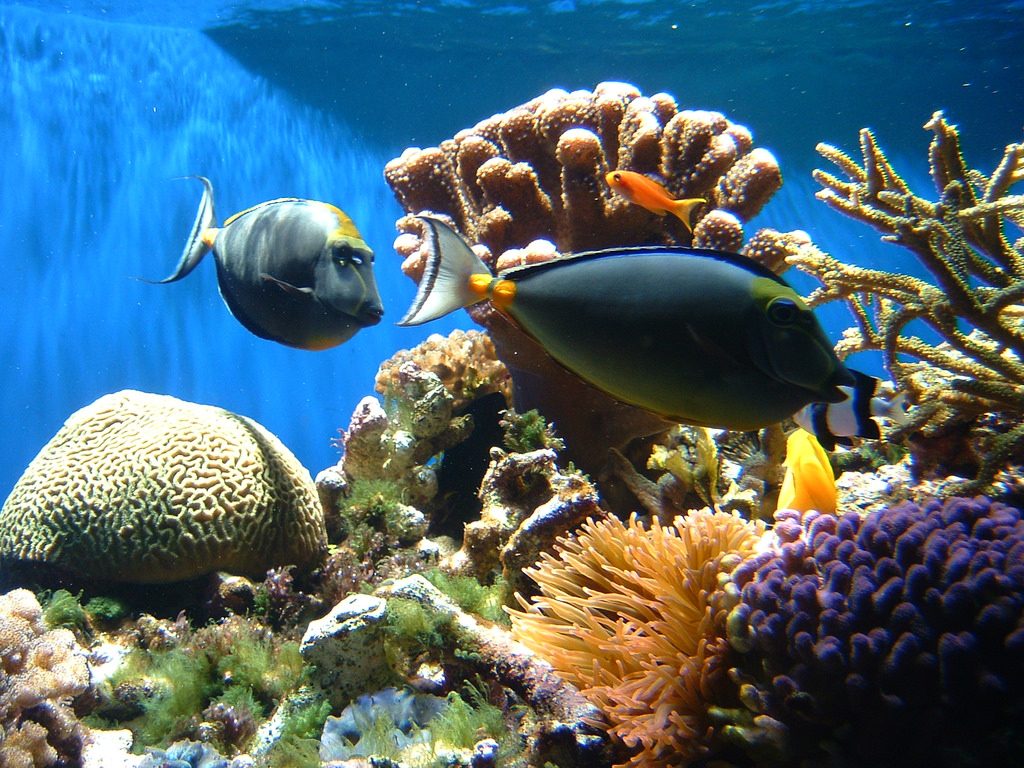Goa a Diver’s paradise
Shipwrecks in and around Goan waters have become a divers paradise. Besides, Goa is also famous for its coral reefs and amazing marine life. Diving to these shipwrecks not only gives you a glimpse of the underwater beauty but also that of Goa’s historical past.
18 species of fish life, including parrotfish, butterfly fish, damselfish and fauna such as sea urchins and sea cucumbers thrive in Goan waters. Besides ‘table-top’ coral reef can be found in abundance.
According to legend, around 600 shipwrecks dot Goa’s seabed, though marine historians say an accurate estimate would be almost double that.
According to Centro Nacional de Arqueologia Nautica e Subaquatica (CNANS), Lisbon, several Portuguese ships capsized off the Indian coast between 1497 and 1612. Most of them capsized in the waters off Goa due to storms, hidden reefs and sandbars. (as per an ET report)
Shipwrecks that are common diving locations now

‘St George’s Reef Wreck’
This is the site of a Portuguese shipwreck believed to be carrying building material which sank in the 1860’s. According to ‘Dive Goa’ the wooden hull has fallen apart, and cargo strewn at the bottom.
This site lies at a depth of around 15 metres.
‘Double Boiler’
According to Dive Goa’s Ajey Patil, little is known about this shipwreck. A steam engine well-preserved dating back to the 1900’s can be seen today.
This wreck lies at a depth of 14 – 19 mts. and is best accessed from the first week of October to the first week of May.

‘SS Rita’
Another wreck, this ship is believed to be built in the United Kingdom in the 1930s. SS Rita – popularly known as Suzy’s Wreck – sits in a shallow, calm, sandy-bottomed cove off Goa’s Grande Island. The 130-metre vessel reportedly arrived with a cargo of railroad tracks and sank during a storm. Much of the wreck has been salvaged and many parts of the ship, divided into three sections clearly identifiable.
The structure is covered in molluscs, with corals providing shelter to critters such as blennies, nudibranch, baby lobsters, clams and tiger cowries. And there’s abundant fish around the ruins, including the barracuda, batfish, angelfish and snappers.
This ship lies at a depth of around 8-12 metres.
Owing to its proximity, this wreck can be accessed by novices or those who have taken introductory lessons in diving.
‘Davy Jones’ Locker’
Slightly off Grande Island, on a rocky bottom, only the stern and a massive propeller of the ship remain. According to operators at Dive Goa. Apart from the large Groupers that have taken refuge in the fallen steamer, tuna and barracuda could also be seen.
This wreck can be found at a depth of 14 metres
Owing to the exposed nature of the wrecks, low visibility and moderate currents, only experts are advised to venture out. But for the spirited and uninitiated, Goa offers several diving courses that are certified. So when in Goa, enjoy the sun, sand and under the sea diving adventures as well.
Diving is an exciting sport and needs expertise. for first timers many certified courses exist in Goa.
Dive Goa offers a range of SSI and PADI certification courses, all run by international standards of expertise, equipment and safety. The warm, safe waters of the Arabian sea, and the easy dive sites make Goa an ideal destination for beginners to learn scuba diving and seasoned recreational divers enjoy the challenge and mystery of less than perfect visibility!
The Dive Season in India starts in October and ends in May. The water temperatures are in the 27 to 30-degree range. The marine life in Goa is rich and varied. There are sites with coral, rocky pinnacles and shipwrecks to dive. The dives are in the 10 to 15m range. The visibility varies between 5 to 10m over the season.


